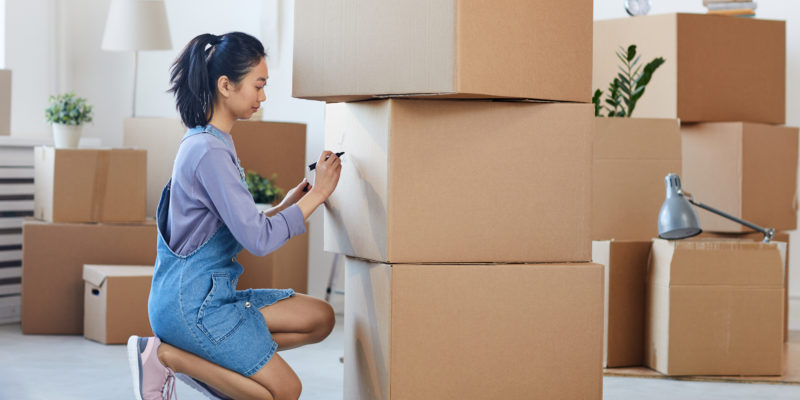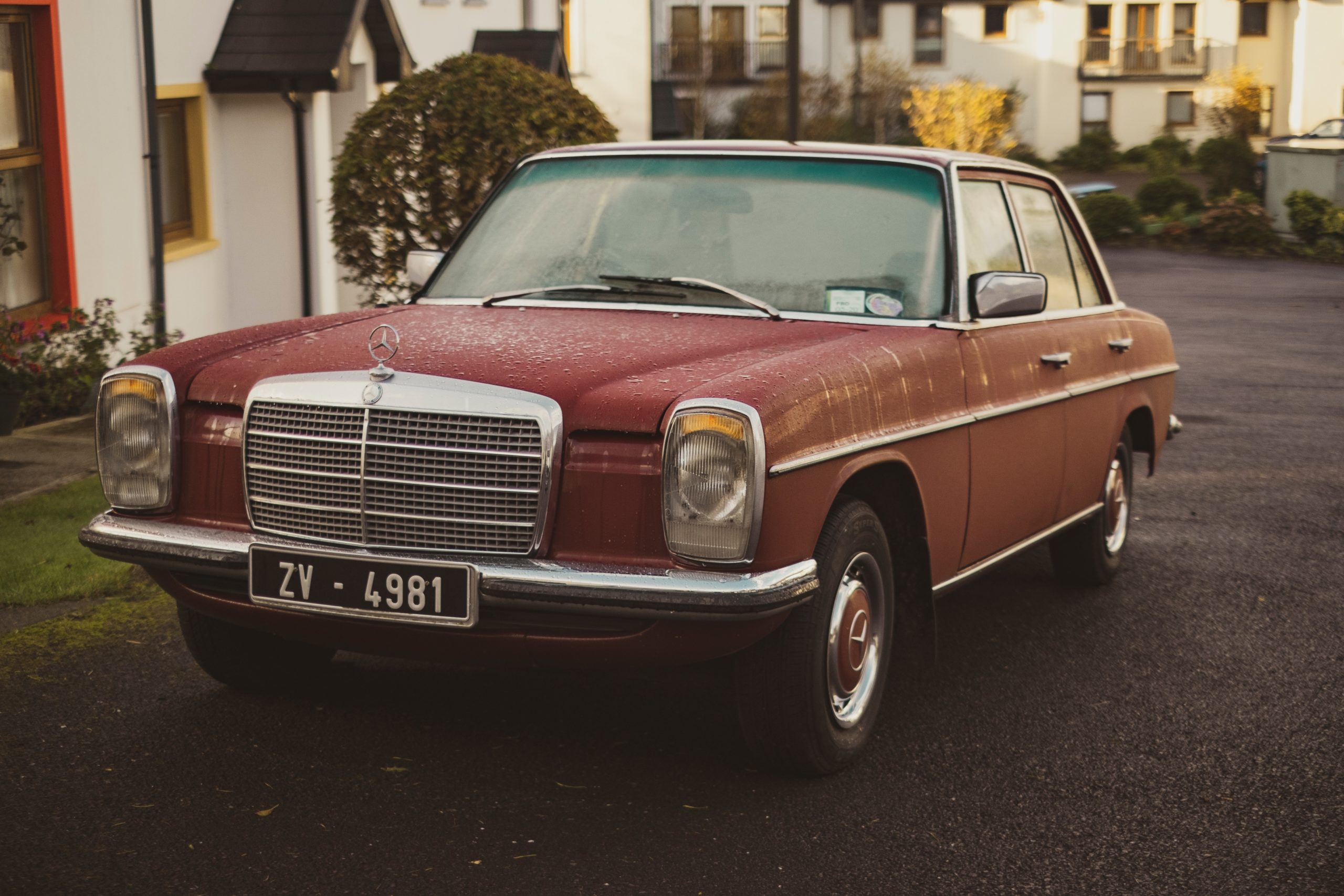When you desperately need your backup coffee maker or those seasonal pillows, the last thing you want to do is pull everything out of your storage unit and start searching through boxes. This is frustrating and a huge waste of time. A little bit of effort devoted to planning and organizing will alleviate a lot of headaches in the long run.
Before you start packing the unit, you need to find one. Look for a convenient, dependable, secure storage facility. Check out our last article, What to Look For When Choosing a Self Storage Facility, to steer you in the right direction.
Now that you’ve rented the right-size unit in the right location, you’re ready to store. Here are a few tips to help you get started with packing and organization.
Pack
- List, Label, and Mark: Prior to packing, make a list and attach labels so that you know the contents of the boxes. It’s a good idea to jot down the replacement value of each item. If you ever have to file an insurance claim, you’ll be glad you spent the extra time. Mark boxes that you may need to access frequently and be sure to number each box.
- Identify Items that are Marked for Easy Access: Items that you will use frequently, or even yearly, should be packed last.
- Seasonal clothing
- Camping or seasonal sports supplies
- Holiday decorations, costumes, or bakeware
- Children’s toys
- Important documents
- Fill Your Boxes: Don’t leave boxes partially empty. Fill up the entire box, placing a few heavy items on the bottom and filling to capacity with lighter items.
- Be Cautious with Large Appliances: Store freezers and refrigerators with doors open and drain washing machines to avoid mold and mildew.
- Use Wardrobe Boxes: If you have enough space, store your seasonal clothing in wardrobe boxes. Placing them on hangars will retain their shape and keep them in good condition. You can store shoes and boots at the bottom of the boxes.
- Store Tools and Equipment with Care: Completely drain the fuel and coat these items with oil to prevent rust and corrosion.
Organize
- Plan an Organized Layout: Create a layout for furniture and boxes in your unit. Put some thought into how you’ll place these items. Ideally, furniture and large appliances should be against a wall opposite the boxes. Leave space in the middle of the unit for easy access. Boxes that you’ll need to access frequently should be stored last.
- Cover the Floor: Before storing your boxes, place pallets on the floor to prevent pests and insects from making a home under your boxes.
- Place Small Boxes/Items on Shelves: Shelves are a great option for small boxes, baskets and miscellaneous items, like desk lamps and small appliances. If you place the shelves toward the front of your unit, you can easily grab things that you may need regularly.
- Create An Inventory: As mentioned above in “List, Label and Mark,” you should have a master list that shows the box number, the identity of each item in the box, and the replacement value. This will be invaluable if you ever need to make an insurance claim.
- Make a Map: Make a map of your stored boxes and items, place it on a clipboard, and hang it in a visible location in your unit. There’s no need to get too technical, a hand-drawn sketch will work. This will make it easy to find the items that are “hidden” in the back.
Organizing can be time-consuming, but when the day comes that you need that extra crockpot or winter jacket, you’ll be thanking yourself for taking the time to follow this plan. If possible, review your inventory every year, and discard or donate things that you’re not using anymore. In the end, you may be able to save money by renting a smaller unit.





